Full text
PDF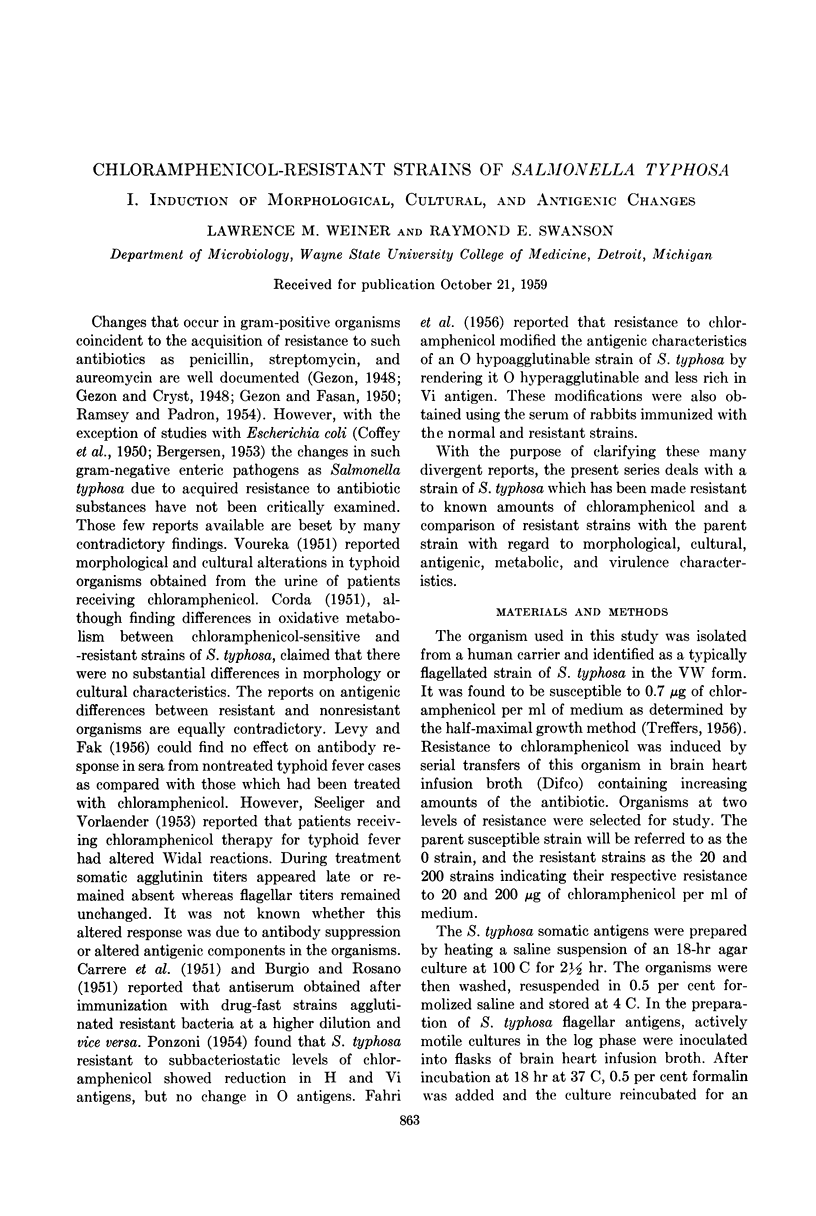
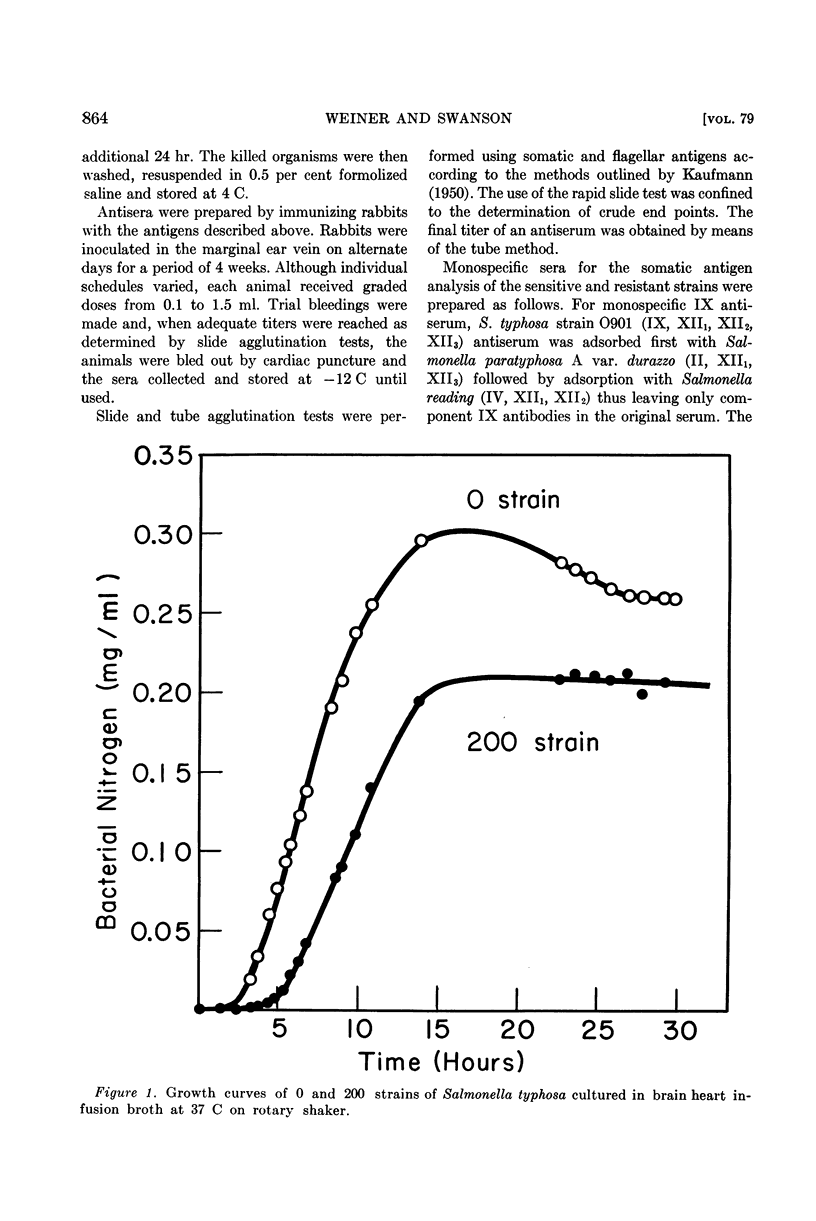
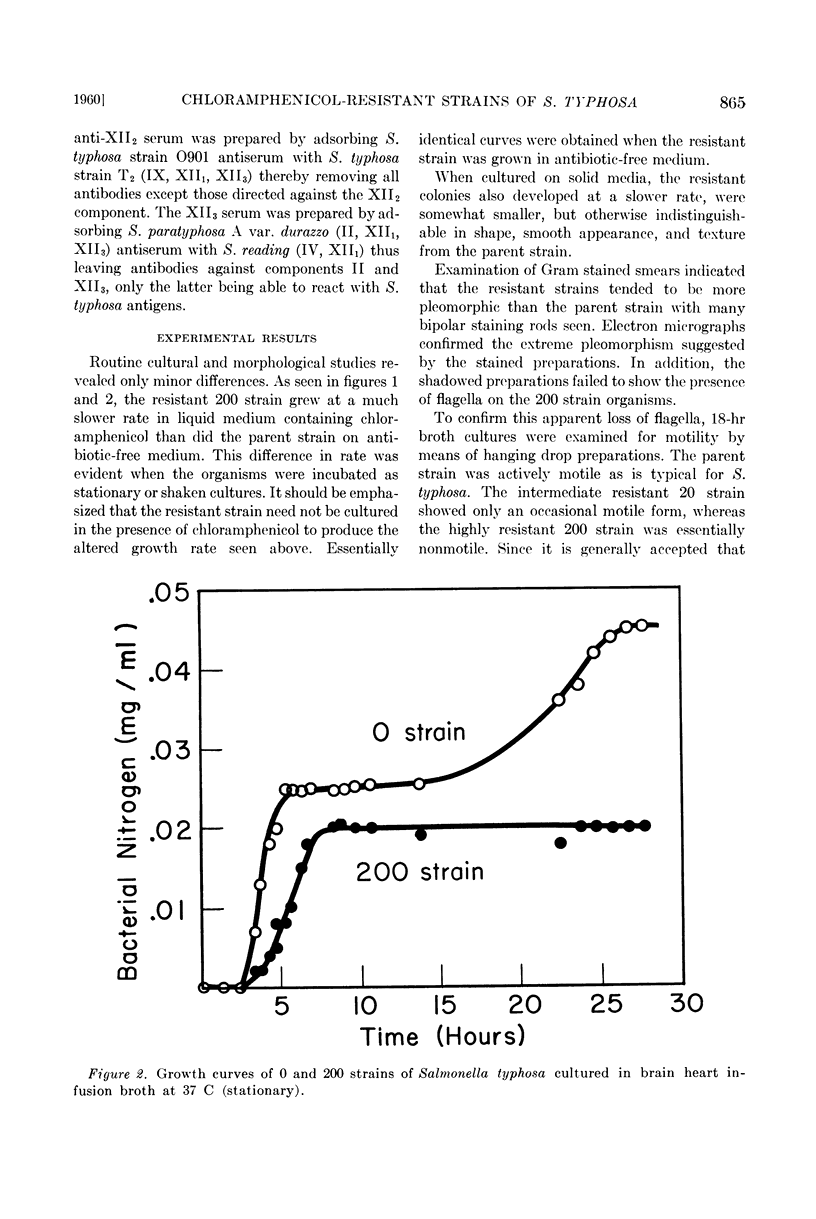
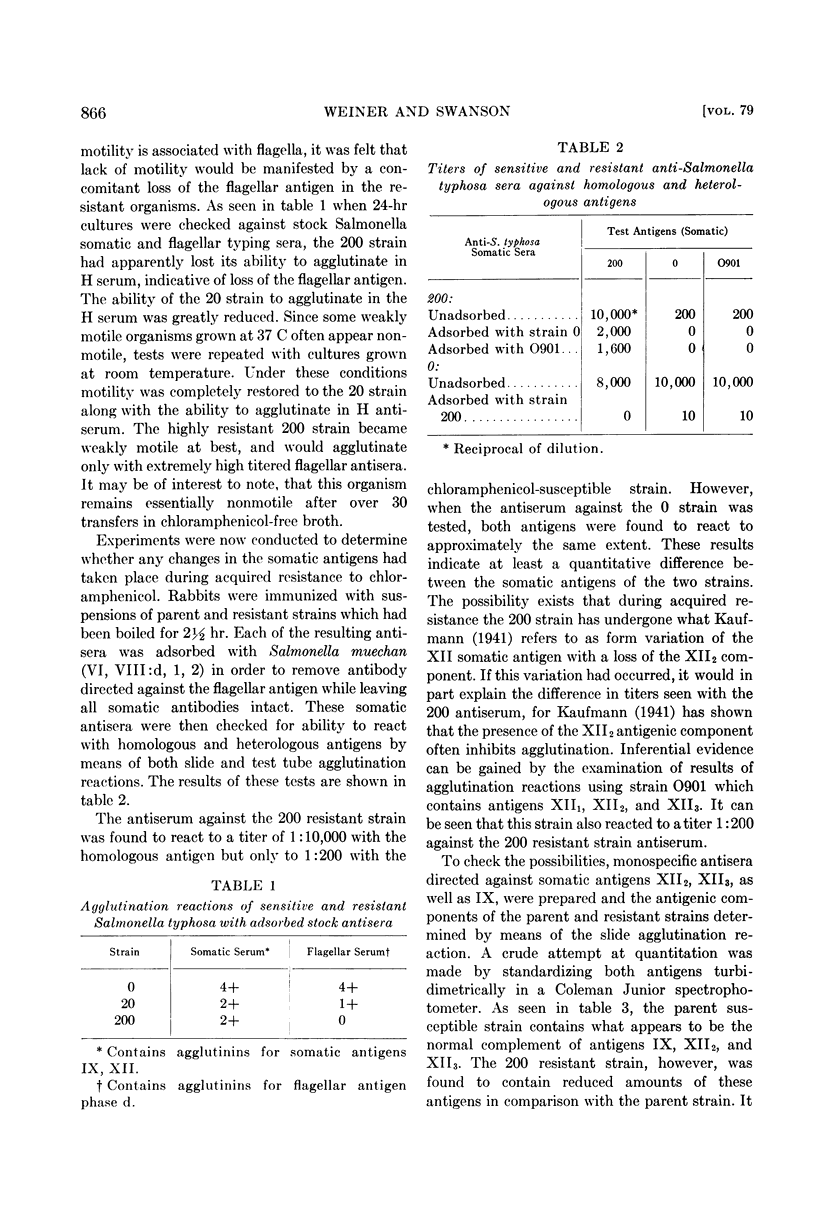
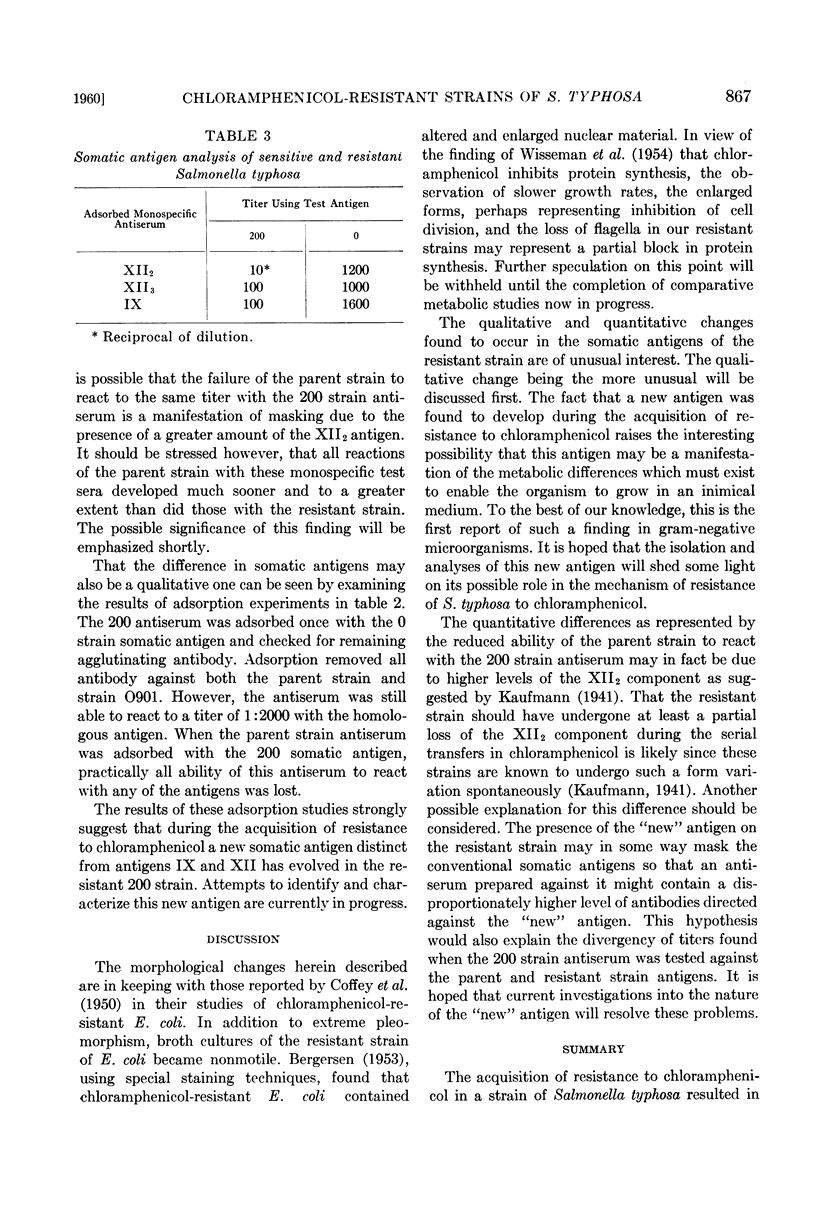
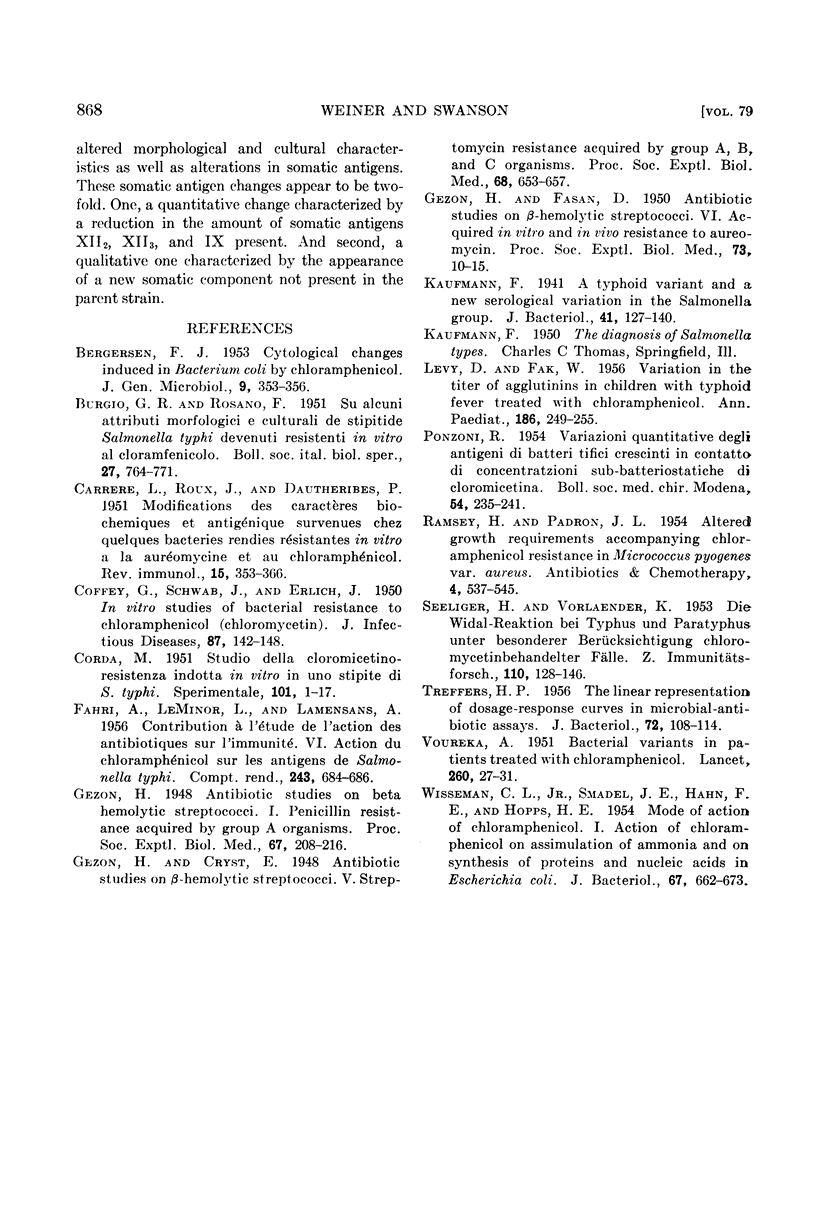
Selected References
These references are in PubMed. This may not be the complete list of references from this article.
- BERGERSEN F. J. Cytological changes induced in Bacterium coli by chloramphenicol. J Gen Microbiol. 1953 Dec;9(3):353–356. doi: 10.1099/00221287-9-3-353. [DOI] [PubMed] [Google Scholar]
- CARRERE L., ROUX J., DAUTHERIBES P. Modifications des caractères morphologiques chez quelques bactéries rendues résistantes a l'auréomycin et au chloramphénicol. Rev Immunol Ther Antimicrob. 1951;15(5-6):360–366. [PubMed] [Google Scholar]
- COFFEY G. L., SCHWAB J. L., EHRLICH J. In vitro studies of bacterial resistance to chloramphenicol (chloromycetin). J Infect Dis. 1950 Sep-Oct;87(2):142–148. doi: 10.1093/infdis/87.2.142. [DOI] [PubMed] [Google Scholar]
- CORDA M. Studio della cloromicetinoresistenza indotta in vitro in uno stipite di S. typhi. Sperimentale. 1951 Feb;101(1-2):1–17. [PubMed] [Google Scholar]
- FARHI A., LAMENSANS A., LE MINOR L. Contribution à l'étude de l'action des antibiotiques sur l'immunité. VI. Action du chloramphénicol sur les antigènes de Salmonella typhi. C R Hebd Seances Acad Sci. 1956 Aug 13;243(7):684–686. [PubMed] [Google Scholar]
- GEZON H. M., FASAN D. M. Antibiotic studies on beta hemolytic streptococci; acquired in vitro and in vivo resistance to aureomycin. Proc Soc Exp Biol Med. 1950 Jan;73(1):10–15. doi: 10.3181/00379727-73-17559. [DOI] [PubMed] [Google Scholar]
- Kauffmann F. A Typhoid Variant and a New Serological Variation in the Salmonella Group. J Bacteriol. 1941 Feb;41(2):127–140. doi: 10.1128/jb.41.2.127-140.1941. [DOI] [PMC free article] [PubMed] [Google Scholar]
- LEVY D., FALK W. Variation in the titre of agglutinins in children with typhoid fever treated with chloramphenicol. Ann Paediatr. 1956 Apr;186(4):249–255. [PubMed] [Google Scholar]
- TREFFERS H. P. The linear representation of dosage-response curves in microbial-antibiotic assays. J Bacteriol. 1956 Jul;72(1):108–114. doi: 10.1128/jb.72.1.108-114.1956. [DOI] [PMC free article] [PubMed] [Google Scholar]
- VOUREKA A. Bacterial variants in patients treated with chloramphenicol. Lancet. 1951 Jan 6;1(6645):27–28. doi: 10.1016/s0140-6736(51)93498-8. [DOI] [PubMed] [Google Scholar]
- WISSEMAN C. L., Jr, SMADEL J. E., HAHN F. E., HOPPS H. E. Mode of action of chloramphenicol. I. Action of chloramphenicol on assimilation of ammonia and on synthesis of proteins and nucleic acids in Escherichia coli. J Bacteriol. 1954 Jun;67(6):662–673. doi: 10.1128/jb.67.6.662-673.1954. [DOI] [PMC free article] [PubMed] [Google Scholar]


